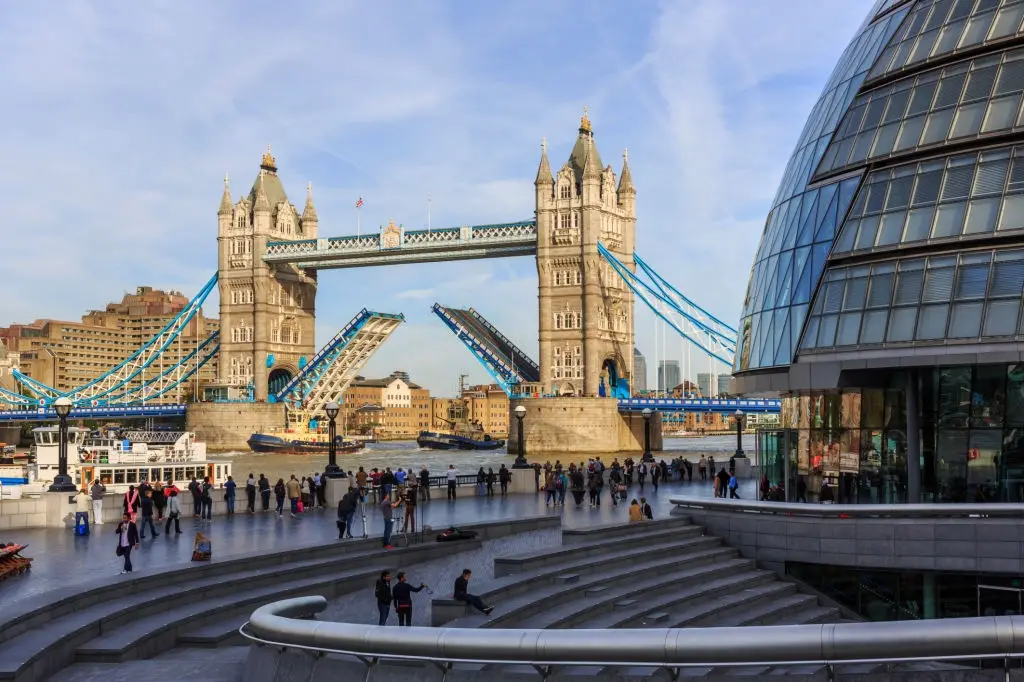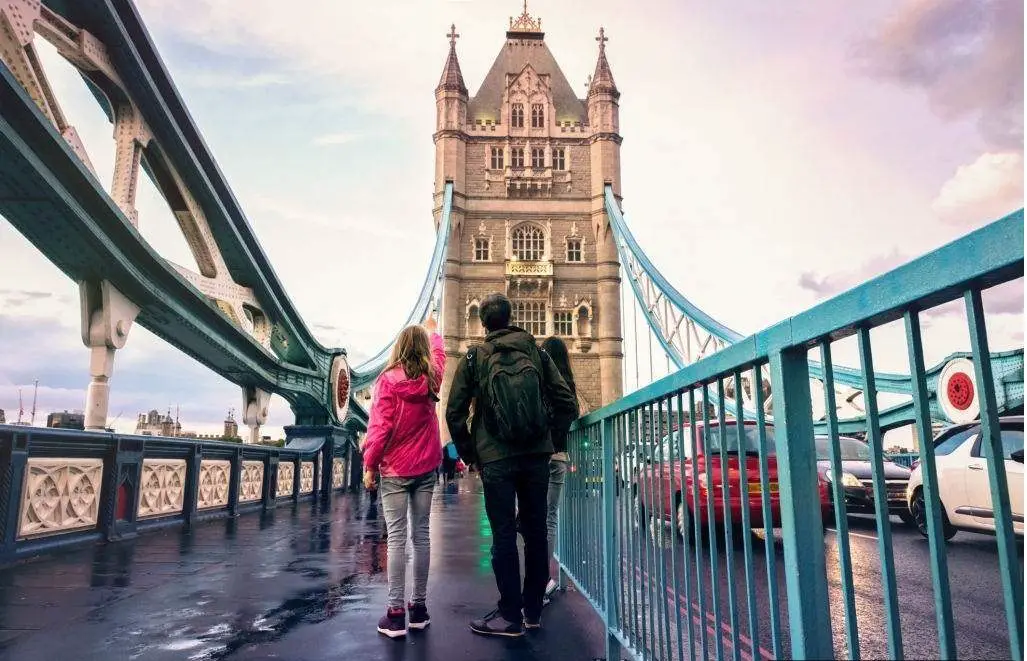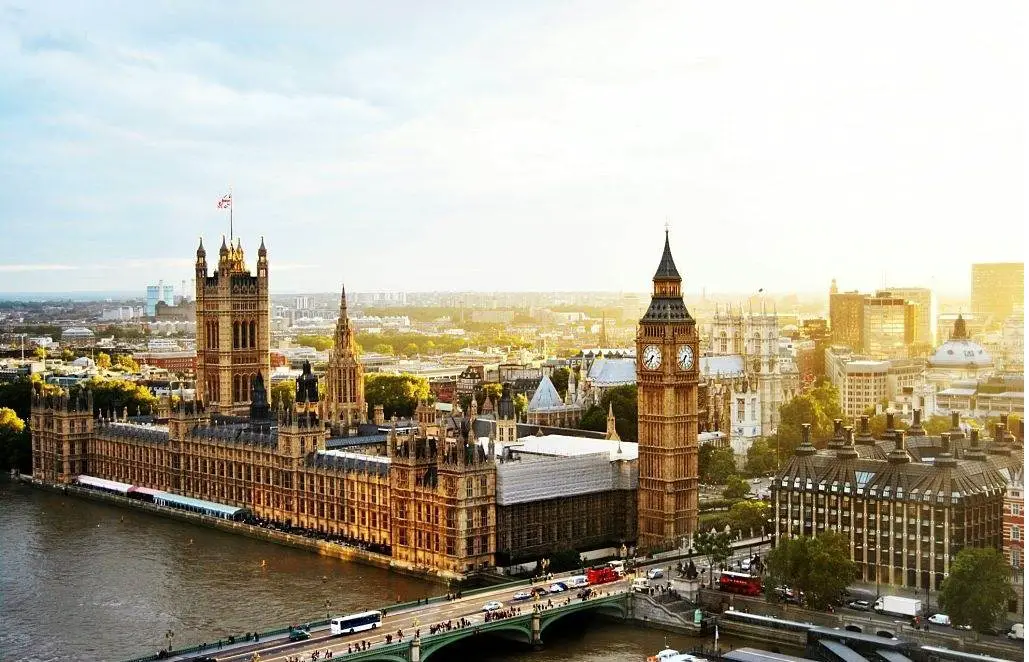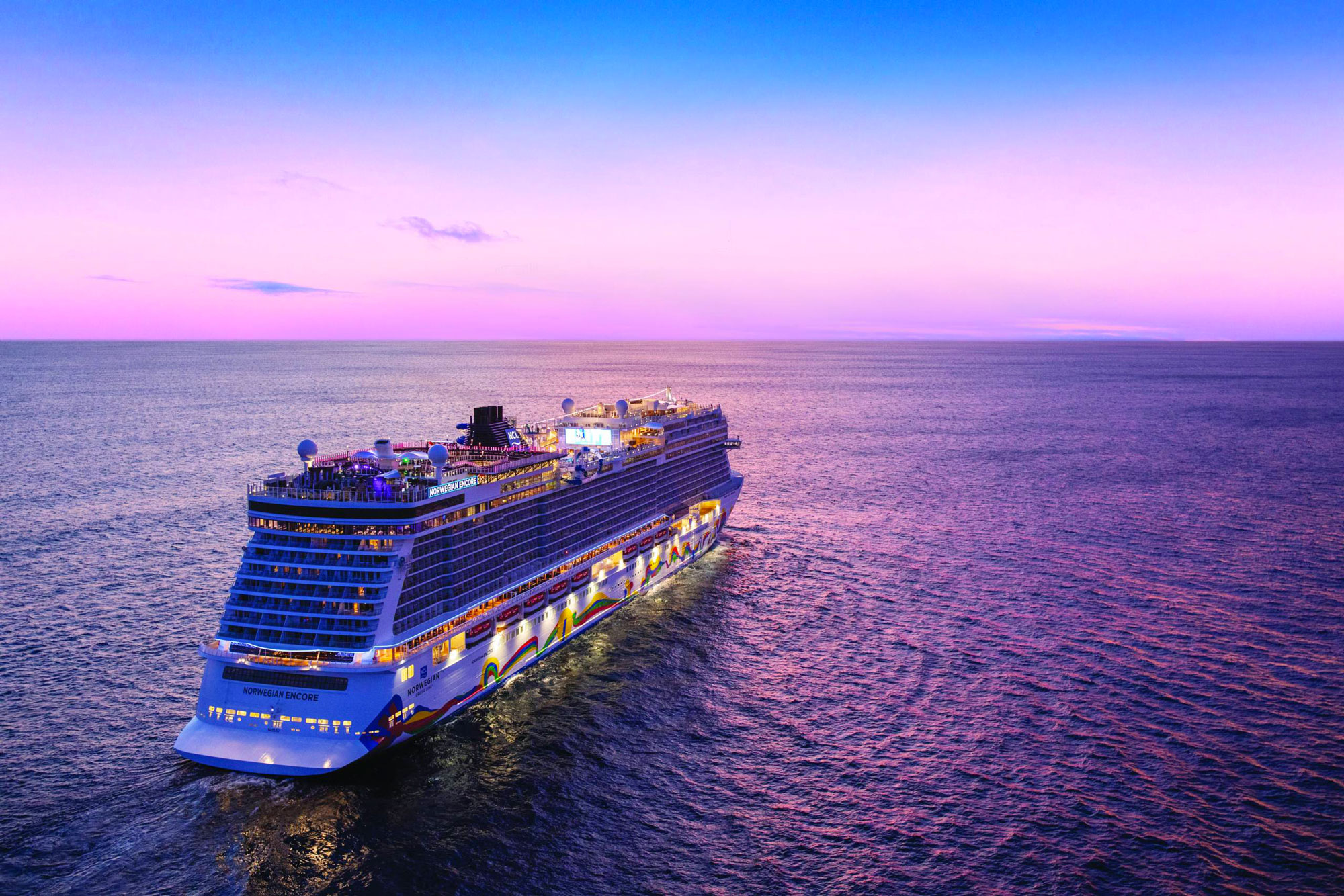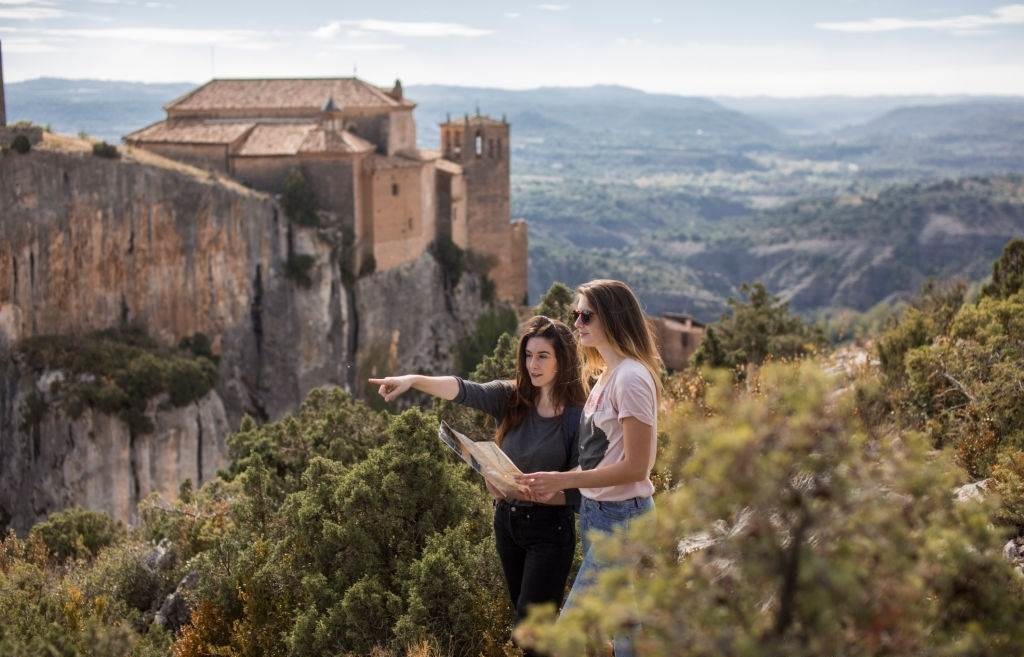Few destinations conjure the drama of the ancient world quite like the Troy Museum, a striking corten-steel cube rising above the windswept Trojan plain outside Çanakkale, Türkiye. Opened in 2018 within sight of the UNESCO-listed ruins of Troy itself, the museum was conceived as a time capsule: visitors descend into a sunken foyer, then spiral upward through seven themed galleries that echo the nine archaeological layers of Troy.
Inside, more than 40,000 artefacts, about 2,000 on permanent display, trace four millennia of settlement, myth, and empire. Star pieces include the haunting marble Polyxena Sarcophagus, glittering Early Bronze Age gold from “Priam’s Treasure,” and Roman statues of Apollo that once adorned nearby theatres. The museum’s immersive ramps, atmospheric lighting, and multimedia storytelling earned it both a European Museum of the Year special commendation and a European Museum Academy Award in 2020.
- Why visit? It is the only place on earth where you can follow the Trojan saga from myth to modern excavation under one roof.
- The rooftop terrace frames 360-degree views over the Troad, letting you overlook the battlefield described in Homer’s Iliad.
- Regular temporary exhibitions, such as 2025’s contemporary art showcase Emanet/Troy, pair ancient objects with cutting-edge creativity.
Essential Troy Museum Visitor Information
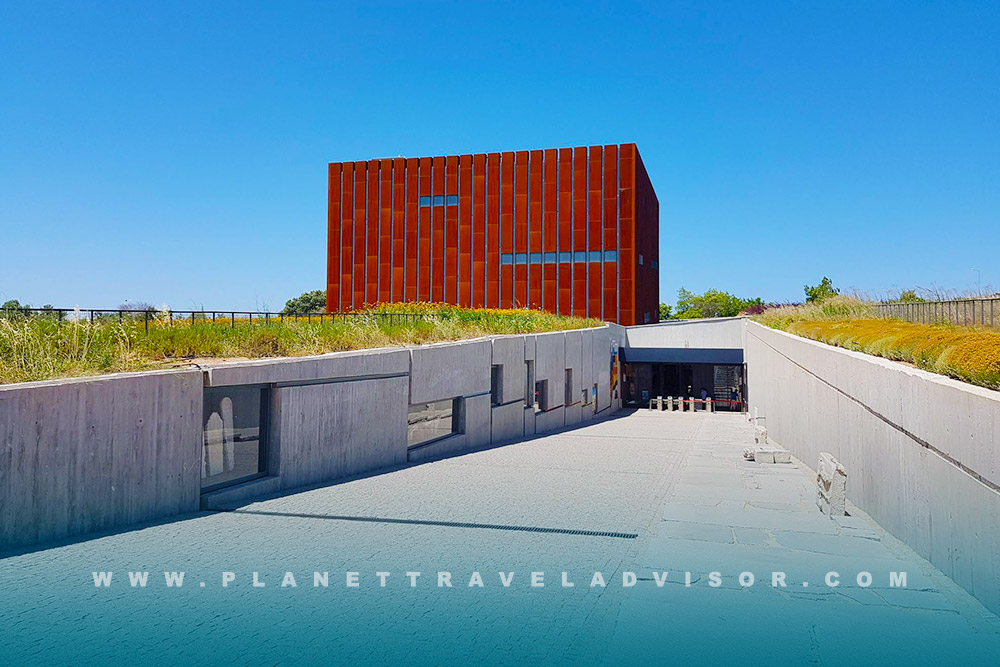
Location: Truva 6 Sokak No 12, Tevfikiye village, roughly 800 metres east of the archaeological park’s wooden-horse gate. A free car park sits opposite the entrance, and a pedestrian lane connects the two sites in ten minutes.
Opening hours: From 1 April to 15 September, doors open 08:30 – 20:00; in the cooler 16 September to 31 March season the museum closes at 17:30. Last tickets are sold 30 minutes before closing, although staff seldom rush lingering visitors.
Ticket prices: The current adult admission is 600 Turkish lira (≈ US$19). Children under 18, disabled visitors, and Turkish citizens aged 65 plus enter for free. An audio guide costs 60 lira; a combined MuseumPass Aegean grants single entry to the Troy Museum, the ruins, and more than 40 regional sites for 1,200 lira, excellent value if you plan to roam the coast.
- How to book: Reserve online through muze.gov.tr to skip the queue, or buy on arrival; lines rarely exceed ten minutes except mid-August.
- Accessibility: Step-free ramps connect every gallery; tactile objects and Braille captions accompany key pieces; accessible restrooms are on the lower level.
- Facilities: A stylish cafe tills fresh gözleme and Turkish-roast coffee, while the gift shop stocks hand-cast bronze Trojan horses that directly fund ongoing digs.
When to Visit the Troy Museum & Budget Tips
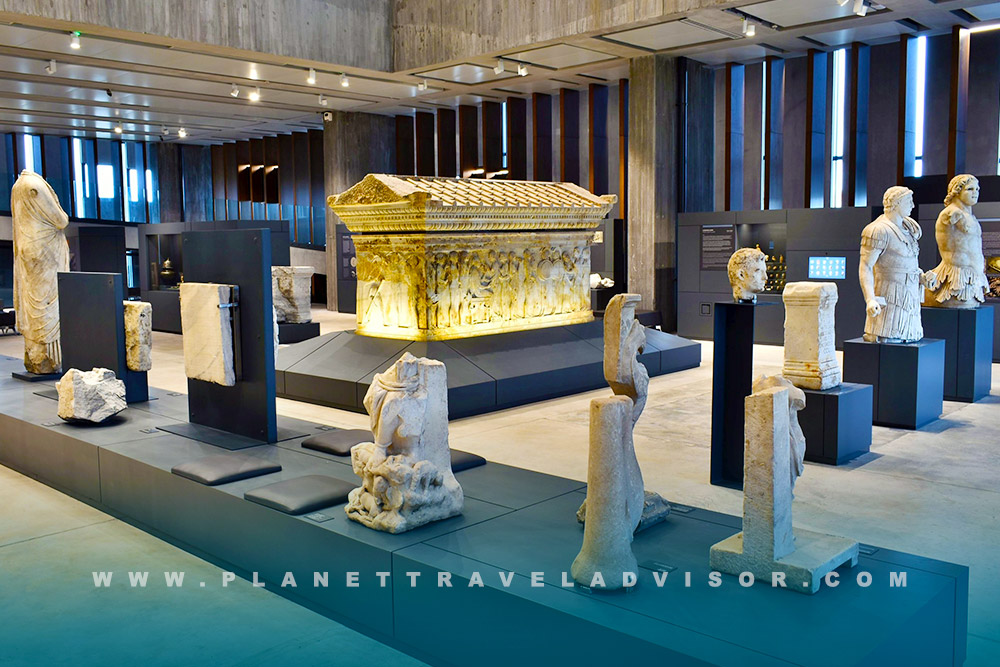
High season (late June – early September) features cloudless skies, average highs of 30 °C (86 °F), and the longest opening hours. It is also when tour buses and cruise-ship excursions surge. Expect shared gallery space and hotel rates that run 30–40 percent higher than in spring.
Shoulder seasons (April–May and mid-September–October) strike a happy balance: countryside carpets are still green, daytime temperatures range 17–26 °C (63–79 °F), and small-group tours replace mass crowds. Photographers cherish the warm, raking light and the empty roof terrace at sunset.
Low season (November–March) brings occasional rain and highs of 11–15 °C (52–59 °F), yet rewards the intrepid with deserted galleries and hotel bargains. Some rural minibuses switch to skeleton timetables, so confirm connections in advance.
Sample daily budget per person (mid-range, shoulder season):
- Accommodation in Çanakkale waterfront: US$55
- Meals at local eateries: US$18
- Museum and archaeological park tickets: US$22
- Local transport, occasional taxi: US$12
- Total: ~ US$107
Events to watch. The International Troya Festival, running every August since 1963, lights up Çanakkale with outdoor theatre, concerts, and Homeric parades; rooms sell out months ahead. May hosts folk-dance contests, while July 2025 welcomes an international choir festival (8–13 July); budget for slightly higher airfares during those windows.
Getting to Troy Museum & Getting Around
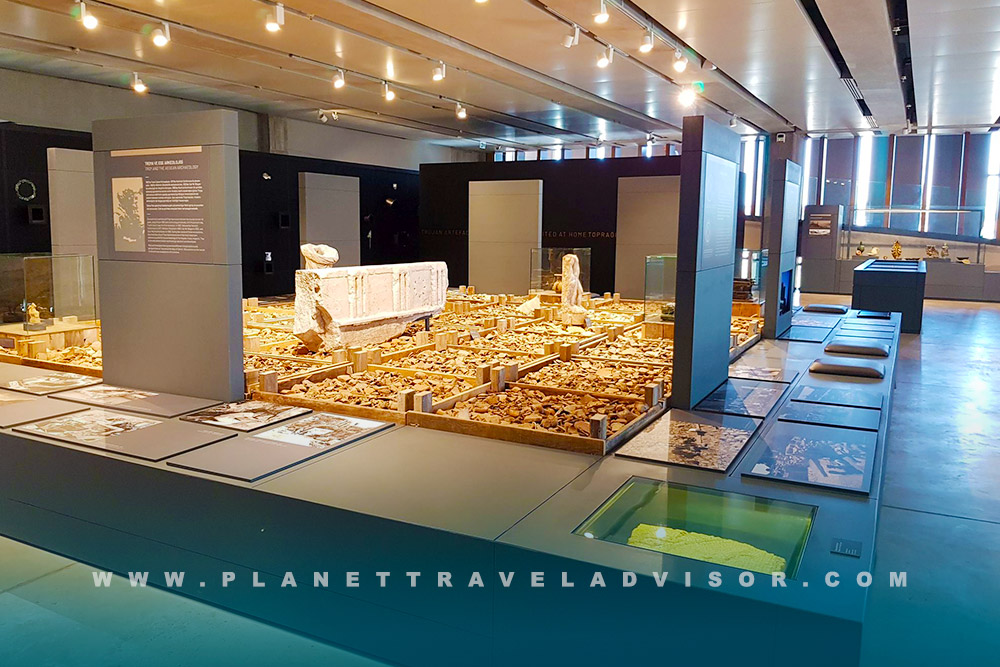
By air: Çanakkale Airport (CKZ) sits 5 kilometres from downtown and handles daily flights from Ankara plus summer charters. Fares start near US$44 one way; the 1-hour-20-minute hop trims half a day off road travel.
By bus: Istanbul’s inter-city terminals dispatch more than 150 coaches daily toward Çanakkale; fares hover TL 560–700 (US$17–25) and the ride takes 4–5 hours via the record-breaking Çanakkale 1915 Bridge.
Self-drive: Rent a car in Istanbul and reach the museum in about 3 hours and 0 minutes, not counting photo stops on the Gallipoli Peninsula. The route via the Dardanelles suspension bridge levies electronic tolls; ask the rental desk to activate HGS tags.
Ferries: Seasonal catamarans cross from Bandırma on the Sea of Marmara and from Lesbos (Greece) to Çanakkale, letting island-hoppers stitch Troy into wider Aegean itineraries.
- From Çanakkale bus station, hop a minibus labelled “Troya Müzesi”. Departures leave roughly every 30 minutes (40 lira return); journey time is 35 minutes.
- Between the ruins and the museum, a shuttle loops hourly in summer; otherwise, walk the leafy village lane.
- Cyclists can rent bikes at the museum cafe (90 lira per day) and coast quiet rural lanes to Aegean fishing hamlets.
Where to Stay, Eat & Extend Your Troy Museum Trip
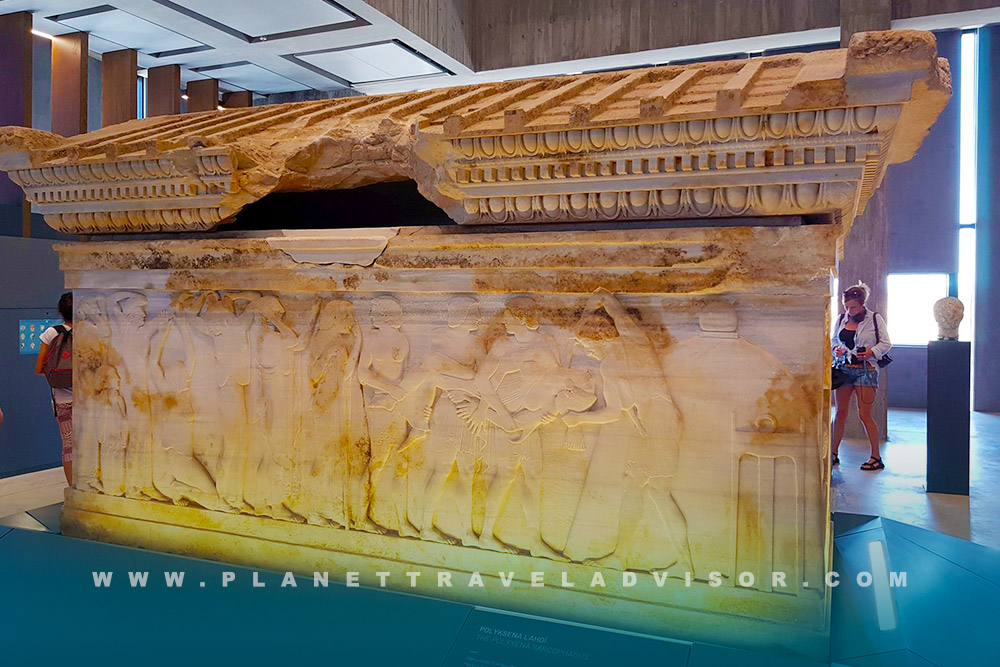
Staying in Çanakkale waterfront - This harbourfront strip brims with mid-range hotels (Artur Hotel, Hotel Des Étrangers) priced US $40–60 in shoulder season. You’ll enjoy sunset ferry views, buzzing taverns, and early-morning buses.
Sleeping in Tevfikiye village - A clutch of boutique guest-houses, stone-walled, ivy-clad, within walking distance of the museum, offer rustic charm and starlit silence, though dining options are limited after dark.
Assos and the Aegean coast - An hour south, Behramkale’s clifftop ruins overlook turquoise bays and honey-coloured beaches. Pair archaeology with swimming, and sip Assos wine at sunset.
Eating well - The museum cafe’s spinach gözleme makes a quick lunch, but foodies should taxi into town. On the promenade, Yalova Restoran grills sardines so fresh they taste of open sea, while Kadir Usta near the clock tower serves the city’s most beloved peynir helvası, a warm, sweet cheese-semolina pudding.
Two-day sample itinerary:
- Day 1. Arrive at opening (08:30) for two unrushed hours in the Troy Museum. Follow the path to the archaeological park, climb the replica wooden horse, then ferry across the Dardanelles to Kilitbahir Fortress for sunset views.
- Day 2. Hire a driver or join a tour of Gallipoli WWI memorials, or sail to Bozcaada for vineyard tastings. On the return, detour via Alexandria Troas ruins and Assos’s cliff-top theatre before an al-fresco dinner on Çanakkale’s marina.
Side trips within 90 minutes: Gallipoli Peninsula Historical Park’s poignant trenches, Mount Ida’s waterfall trails, and the lesser-visited city of Biga, home to Ottoman mansions and a colourful Friday street market.
Final Pointers for Troy Museum Visitors
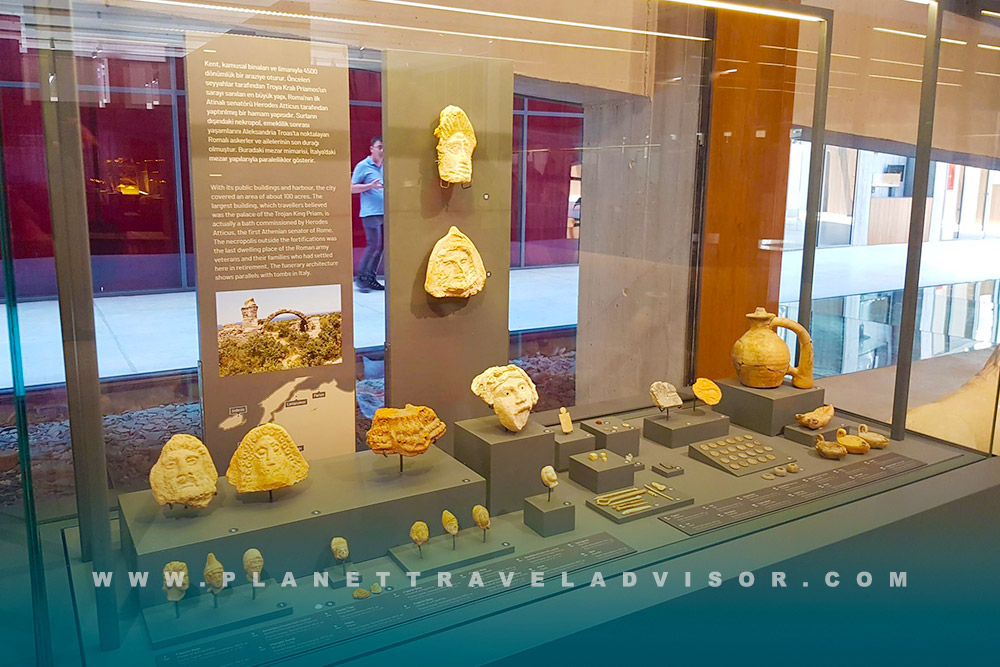
- Arrive right at opening or after 17:00 in summer for cooler air and elbow room in front of marquee artefacts.
- The museum’s corten-steel shell absorbs heat; carry water and a hat if you plan rooftop photography at midday.
- Non-flash photography is encouraged, but drones require advance permission from the Ministry of Culture.
- Please stay on marked walkways in the archaeological park; casual leaning can crumble millennia-old masonry.
- Purchasing locally made replicas in the gift shop funnels money back into ongoing excavations; consider it an ethical souvenir.
- Finally, give Troy at least one full day. The myth may revolve around a ten-year siege, but its layered history deserves more than a ten-minute bus stop.
With mindful planning, an off-peak calendar, and a willingness to linger where tour groups rush, you will discover that the Troy Museum is not just a container of antiquities. It is a vivid bridge between Homer’s verses, Schliemann’s spades, and the living culture of the Troad today. May your visit be as epic as the tale itself.
Embark on unforgettable trips to Turkey designed for curious travelers, featuring personalized itineraries, charming stays, and seamless travel across ancient cities and breathtaking landscapes. Secure your spot this week to enjoy launch-week savings, guaranteed small-group departures, and a rich journey through Troy, Pamukkale, and the fairy chimneys of Cappadocia.


